Home>Home Appliances>Heating & Cooling>Central Heating Radiators: How They Work
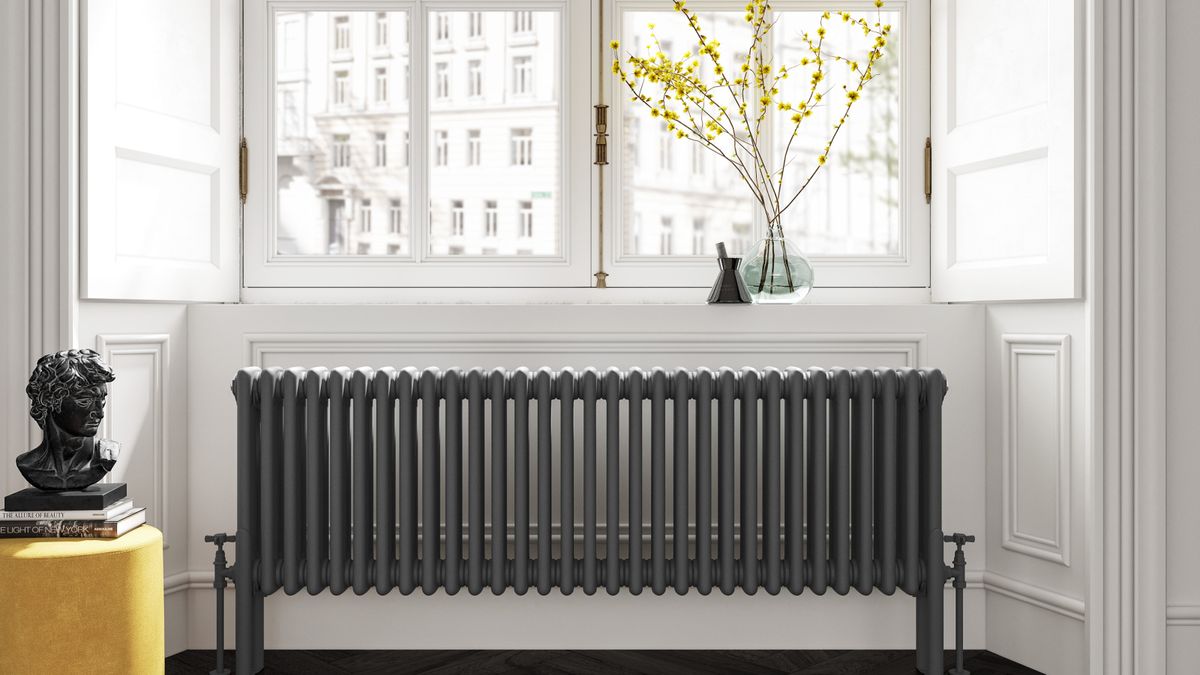

Heating & Cooling
Central Heating Radiators: How They Work
Modified: February 18, 2024
Learn how central heating radiators work and their role in heating and cooling systems. Discover the principles behind heating and cooling.
(Many of the links in this article redirect to a specific reviewed product. Your purchase of these products through affiliate links helps to generate commission for Storables.com, at no extra cost. Learn more)
Introduction
Central heating radiators play a crucial role in maintaining a comfortable and cozy atmosphere within our homes and workplaces. These essential components are integral to the functioning of central heating systems, providing warmth during chilly weather and ensuring a pleasant indoor environment for occupants. Understanding the mechanics and benefits of central heating radiators is key to appreciating their significance in modern heating systems.
Central heating radiators are not merely functional fixtures; they are emblematic of the seamless fusion of technology and comfort. As we delve into the intricacies of their operation and the various types available, we will gain a deeper appreciation for the pivotal role they play in our daily lives. Whether it's the classic cast iron radiators exuding timeless elegance or the sleek and efficient modern designs, central heating radiators are a testament to the evolution of heating technology.
In this comprehensive guide, we will explore the fundamentals of central heating radiators, shedding light on their inner workings, different types, and the advantages they offer. Additionally, we will delve into the essential aspects of maintaining and caring for these vital components, ensuring their longevity and optimal performance. By the end of this journey, you will have a newfound understanding of central heating radiators and their indispensable contribution to our comfort and well-being.
Key Takeaways:
- Central heating radiators efficiently distribute warmth using convection and radiation, ensuring a cozy indoor environment. They come in various designs, from classic cast iron to modern styles, catering to diverse heating needs and interior aesthetics.
- Regular maintenance, such as bleeding radiators and checking for leaks, is crucial for preserving the efficiency and longevity of central heating radiators. Professional servicing and rust prevention help ensure consistent warmth and system functionality.
Read more: Why Is Central Heating Not Working
The Basics of Central Heating Radiators
Central heating radiators are integral components of heating systems, responsible for distributing warmth throughout indoor spaces. These radiators operate by transferring heat from hot water or steam to the surrounding air, thereby raising the temperature within a room. Understanding the basic principles of central heating radiators is essential for appreciating their functionality and impact on indoor comfort.
At their core, central heating radiators consist of a series of interconnected metal panels or fins that facilitate the transfer of heat. These panels are typically made from materials with high thermal conductivity, such as steel or aluminum, to efficiently dissipate warmth into the surrounding environment. The design of central heating radiators allows for the effective circulation of heated air, ensuring uniform heating across the room.
The process begins with the central heating system, where a boiler or heat exchanger generates hot water or steam. This heated fluid is then circulated through a network of pipes, ultimately reaching the central heating radiators. As the hot water or steam enters the radiator, it transfers its thermal energy to the metal panels, causing them to heat up. Subsequently, the heated panels emit infrared radiation and convectively warm the air in the vicinity, raising the overall temperature of the room.
Central heating radiators are equipped with control valves that regulate the flow of hot water or steam, allowing for precise temperature management. This level of control enables users to adjust the heat output of individual radiators, optimizing comfort and energy efficiency. Additionally, modern central heating systems often incorporate thermostatic radiator valves (TRVs), which automatically adjust the flow of hot water based on the desired room temperature, further enhancing energy savings and comfort.
In essence, the basics of central heating radiators revolve around their ability to efficiently transfer heat from a central source to indoor spaces, creating a warm and inviting environment. By harnessing the principles of convection and radiation, these essential components ensure consistent and customizable heating, contributing to a cozy and pleasant living or working environment.
How Central Heating Radiators Work
Central heating radiators operate on the principle of heat transfer, utilizing a combination of convection and radiation to effectively warm indoor spaces. The process begins with the central heating system, where a boiler or heat exchanger generates hot water or steam. This heated fluid is then circulated through a network of pipes, ultimately reaching the central heating radiators.
Upon entering the radiator, the hot water or steam transfers its thermal energy to the metal panels or fins. These panels, typically constructed from materials with high thermal conductivity such as steel or aluminum, rapidly absorb the heat. As a result, the temperature of the panels increases, initiating the heat transfer process.
Convection plays a pivotal role in the functionality of central heating radiators. As the heated panels warm the surrounding air, the air molecules gain energy and become less dense, causing them to rise. This upward movement of warm air creates a natural convection current within the room, facilitating the distribution of heat. Simultaneously, cooler air near the floor is drawn towards the radiator, initiating a continuous cycle of convection that sustains the warmth in the room.
In addition to convection, central heating radiators emit infrared radiation, further contributing to the heating process. The heated panels radiate infrared energy, which directly warms objects and surfaces in the room. This dual mechanism of convection and radiation ensures thorough and uniform heating, creating a comfortable environment for occupants.
The efficiency of central heating radiators is enhanced by the incorporation of control valves and thermostatic radiator valves (TRVs). These components enable precise temperature regulation and individualized control over each radiator, allowing users to tailor the heating output to their specific comfort preferences. By harnessing the principles of heat transfer and leveraging the natural dynamics of convection and radiation, central heating radiators play a pivotal role in maintaining a warm and inviting indoor atmosphere.
In essence, the intricate workings of central heating radiators exemplify the seamless integration of scientific principles and engineering ingenuity, culminating in the consistent and efficient delivery of warmth to our living and working spaces.
Types of Central Heating Radiators
Central heating radiators come in a diverse array of types, each offering unique features and benefits to cater to varying heating requirements and aesthetic preferences. Understanding the different types of central heating radiators is essential for selecting the most suitable option for a specific space. From traditional cast iron radiators to modern designer models, the following are some of the prominent types of central heating radiators:
-
Cast Iron Radiators: Renowned for their timeless appeal and exceptional heat retention, cast iron radiators exude classic elegance while providing efficient warmth. These robust radiators are characterized by their durability and ability to emit sustained heat even after the central heating system has been turned off. With intricate designs and ornate detailing, cast iron radiators add a touch of vintage charm to both traditional and contemporary interiors.
-
Panel Radiators: Featuring a sleek and compact design, panel radiators are a popular choice for modern spaces seeking efficient heating solutions. These radiators consist of a series of interconnected panels that facilitate the transfer of heat, ensuring uniform warmth distribution across the room. Panel radiators are available in a variety of sizes and styles, offering versatility and adaptability to diverse interior settings.
-
Column Radiators: Characterized by their vertical columns, these radiators combine functionality with a striking visual presence. Column radiators are revered for their high heat output and rapid warmth dissemination, making them ideal for larger rooms or spaces requiring quick heating. Their robust construction and classic aesthetics make them a favored choice for both residential and commercial applications.
-
Designer Radiators: Embracing innovation and contemporary design, designer radiators redefine the concept of heating fixtures. These radiators are available in an extensive range of shapes, colors, and materials, transcending the traditional boundaries of radiator aesthetics. From minimalist vertical designs to bold horizontal installations, designer radiators serve as artistic focal points while delivering efficient heating performance.
-
Towel Radiators: Combining functionality with luxury, towel radiators serve a dual purpose by providing warmth and serving as towel drying racks in bathrooms and spa-like settings. These radiators feature horizontal bars or panels, allowing for the convenient hanging and drying of towels while maintaining a comfortable temperature in the space. With their practicality and stylish appeal, towel radiators elevate the comfort and functionality of bathroom environments.
-
Low-Level Radiators: Designed to fit seamlessly beneath windows or in spaces with limited vertical clearance, low-level radiators offer discreet heating solutions without compromising on performance. These radiators are strategically positioned to optimize heat distribution and minimize cold spots, making them an ideal choice for areas with specific architectural constraints.
By exploring the diverse types of central heating radiators, individuals can make informed decisions when selecting the most suitable option for their heating needs and interior design preferences. Whether prioritizing classic aesthetics, contemporary flair, or space-saving functionality, the wide range of radiator types ensures that every space can be efficiently and stylishly heated to perfection.
Tip: Bleeding your central heating radiators regularly can help remove trapped air, improving their efficiency and ensuring even heat distribution throughout your home.
Benefits of Central Heating Radiators
Central heating radiators offer a multitude of benefits that significantly enhance the comfort, efficiency, and aesthetic appeal of indoor spaces. From their ability to provide consistent warmth to their versatility in design and energy-saving features, central heating radiators stand as indispensable components of modern heating systems. The following are some of the key benefits associated with central heating radiators:
-
Efficient Heat Distribution: Central heating radiators excel in distributing warmth evenly throughout rooms, ensuring a comfortable and consistent temperature. By leveraging the principles of convection and radiation, these radiators eliminate cold spots and create a cozy environment conducive to relaxation and productivity.
-
Customizable Heating: With the incorporation of control valves and thermostatic radiator valves (TRVs), central heating radiators offer individualized temperature control for each room or living space. This level of customization allows users to tailor the heating output to their specific comfort preferences, optimizing energy usage and minimizing wastage.
-
Versatile Design Options: From classic cast iron radiators to sleek designer models, central heating radiators are available in a diverse range of designs, sizes, and finishes. This versatility enables individuals to select radiators that complement their interior decor, serving as both functional heating solutions and stylish accents within the space.
-
Quick Heating Response: Certain types of central heating radiators, such as column radiators, are renowned for their rapid heat output, making them ideal for spaces requiring swift warming. This quick heating response ensures that rooms reach the desired temperature efficiently, enhancing comfort and convenience.
-
Space Optimization: Low-level radiators and compact panel radiators are designed to maximize space utilization, fitting seamlessly into areas with limited vertical clearance. These space-saving solutions enable efficient heating without encroaching on valuable floor or wall space, making them ideal for modern living environments.
-
Energy Efficiency: By allowing precise temperature regulation and zoning, central heating radiators contribute to energy efficiency by minimizing unnecessary heating in unoccupied rooms. The ability to control heating output based on specific requirements reduces energy consumption and lowers utility costs, aligning with sustainable and eco-friendly practices.
-
Durability and Longevity: Built from robust materials and engineered for enduring performance, central heating radiators exhibit exceptional durability, offering long-term reliability and functionality. Their resilience ensures that they remain integral components of heating systems, providing consistent warmth for years to come.
-
Enhanced Comfort in Diverse Settings: Whether in residential homes, commercial offices, or hospitality establishments, central heating radiators elevate the comfort and ambiance of various indoor environments. Their ability to create a warm and inviting atmosphere contributes to a welcoming and enjoyable experience for occupants and visitors alike.
In essence, the benefits of central heating radiators extend beyond mere functionality, encompassing aspects of design, energy efficiency, and user comfort. These versatile and reliable heating solutions continue to play a pivotal role in enhancing the quality of indoor environments, embodying the perfect blend of practicality and aesthetic appeal.
Read more: How Central Heating Works In The UK
Maintenance and Care for Central Heating Radiators
Proper maintenance and care are essential for ensuring the optimal performance and longevity of central heating radiators. By implementing regular upkeep practices and addressing potential issues promptly, individuals can preserve the efficiency and functionality of these vital heating components. The following guidelines outline key maintenance tasks and care practices to uphold the condition of central heating radiators:
-
Bleeding Radiators: Over time, air can accumulate within central heating radiators, leading to reduced heat output and potential operational issues. Bleeding the radiators involves releasing trapped air, allowing hot water or steam to flow freely and effectively heat the panels. This simple yet crucial maintenance task helps restore the radiator's efficiency and ensures uniform warmth distribution.
-
Checking for Leaks: Periodically inspecting central heating radiators and associated pipework for leaks is imperative in preventing water damage and maintaining system integrity. Any signs of leakage, such as water stains or dampness around the radiators, should be promptly addressed to prevent further deterioration and potential structural damage.
-
Cleaning and Dusting: Regularly cleaning the surfaces of central heating radiators helps prevent the accumulation of dust, debris, and other contaminants that can impede heat transfer. Using a soft brush or vacuum attachment, gently remove any dust or debris from the radiator panels and fins, ensuring unobstructed airflow and efficient heat emission.
-
Inspecting Valves and Controls: Verify the functionality of control valves and thermostatic radiator valves (TRVs) to ensure smooth operation and accurate temperature regulation. Lubricate valve components as needed and address any stiffness or irregularities in valve movement to maintain precise control over heating output.
-
Professional Servicing: Engaging professional heating technicians for periodic servicing and inspection of central heating systems is advisable to identify and address potential issues proactively. Professional servicing can encompass thorough system checks, pressure adjustments, and the identification of any underlying issues that may impact the radiators' performance.
-
Rust Prevention and Treatment: For cast iron radiators or radiators with metallic components, rust prevention is crucial for preserving their structural integrity. Applying suitable rust-inhibiting coatings or treatments can safeguard the radiators from corrosion and extend their lifespan.
-
System Flushing and Water Quality: Periodic flushing of the central heating system and ensuring the quality of the circulating water is essential for preventing sediment buildup and corrosion within the radiators. Maintaining clean and chemically balanced water helps preserve the radiators' internal components and promotes efficient heat transfer.
By adhering to these maintenance and care practices, individuals can uphold the efficiency, reliability, and longevity of central heating radiators, ensuring consistent warmth and comfort within indoor spaces. Regular attention to these maintenance tasks not only optimizes the performance of the radiators but also contributes to the overall functionality and sustainability of the central heating system.
Conclusion
In conclusion, central heating radiators stand as indispensable components of modern heating systems, offering efficient warmth distribution, customizable heating options, and versatile design choices. From the classic allure of cast iron radiators to the sleek functionality of panel radiators and the innovative designs of towel radiators and low-level radiators, the diverse array of radiator types caters to a wide spectrum of heating needs and interior aesthetics.
The intricate workings of central heating radiators, driven by the principles of convection and radiation, exemplify the seamless integration of scientific principles and engineering ingenuity. By harnessing these natural dynamics, central heating radiators create a warm and inviting indoor atmosphere, contributing to the comfort and well-being of occupants.
The benefits of central heating radiators extend beyond their functionality, encompassing aspects of energy efficiency, durability, and enhanced comfort in diverse settings. Their ability to provide efficient heat distribution, customizable heating, and space optimization aligns with the evolving demands of modern living environments, promoting sustainable and eco-friendly heating practices.
Furthermore, the maintenance and care practices outlined for central heating radiators are essential for preserving their efficiency and longevity. From bleeding radiators and inspecting valves to professional servicing and rust prevention, these maintenance tasks ensure that the radiators continue to deliver consistent warmth and contribute to the overall functionality of the central heating system.
In essence, central heating radiators epitomize the harmonious blend of practicality and aesthetic appeal, enhancing the quality of indoor environments while exemplifying the evolution of heating technology. As individuals continue to prioritize comfort, energy efficiency, and personalized design, central heating radiators remain steadfast in their role as essential contributors to the warmth and ambiance of our living and working spaces.
Frequently Asked Questions about Central Heating Radiators: How They Work
Was this page helpful?
At Storables.com, we guarantee accurate and reliable information. Our content, validated by Expert Board Contributors, is crafted following stringent Editorial Policies. We're committed to providing you with well-researched, expert-backed insights for all your informational needs.
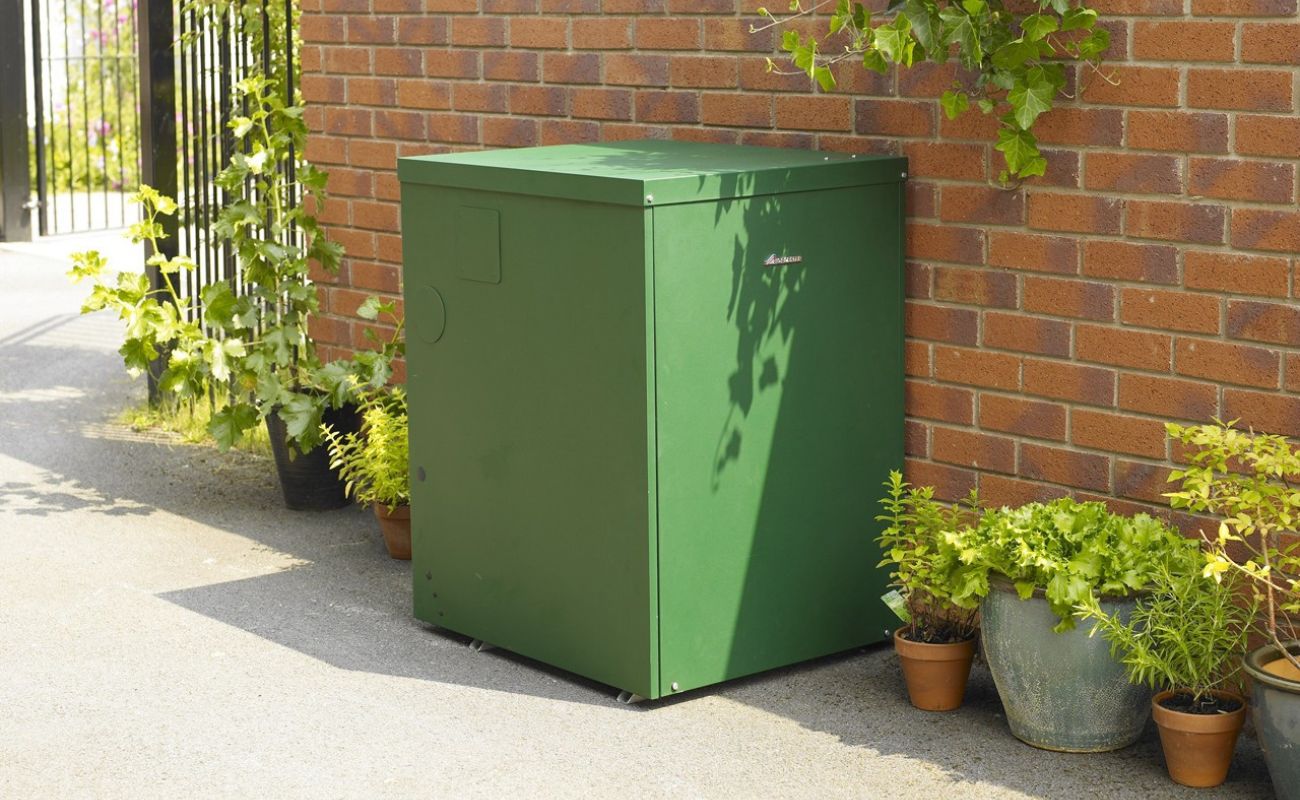
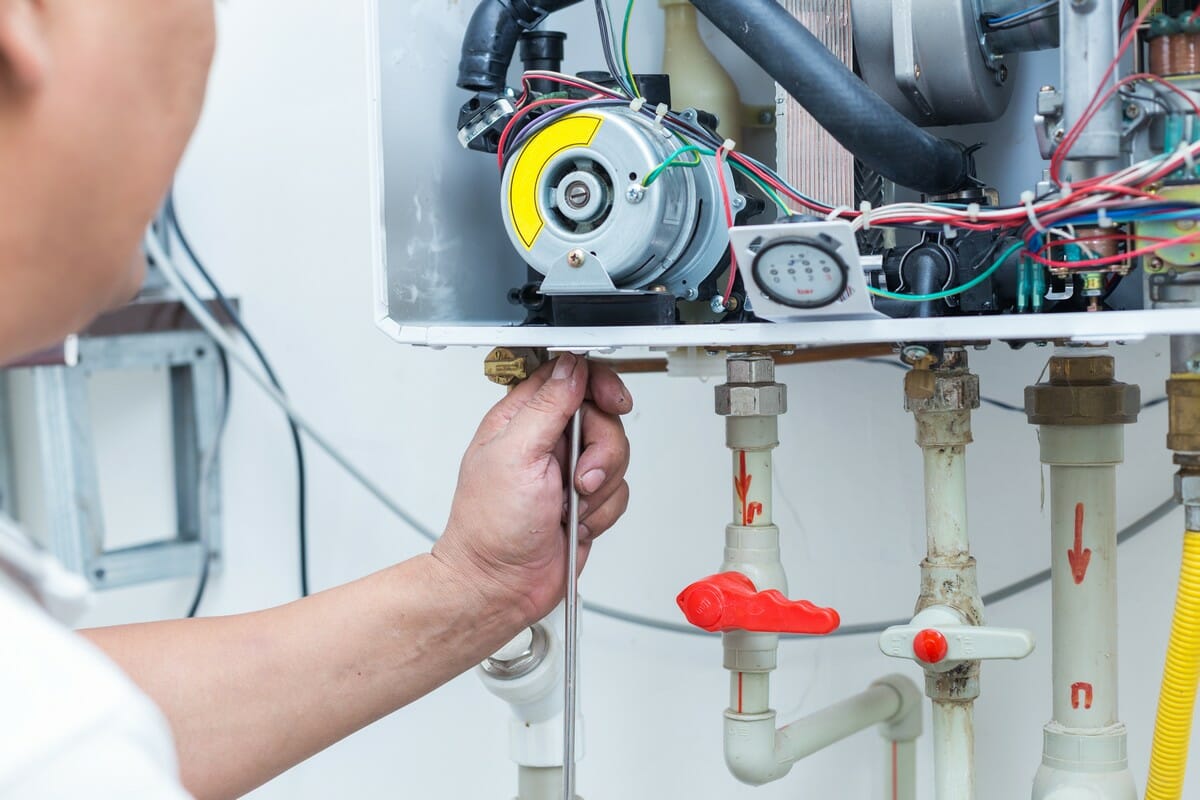
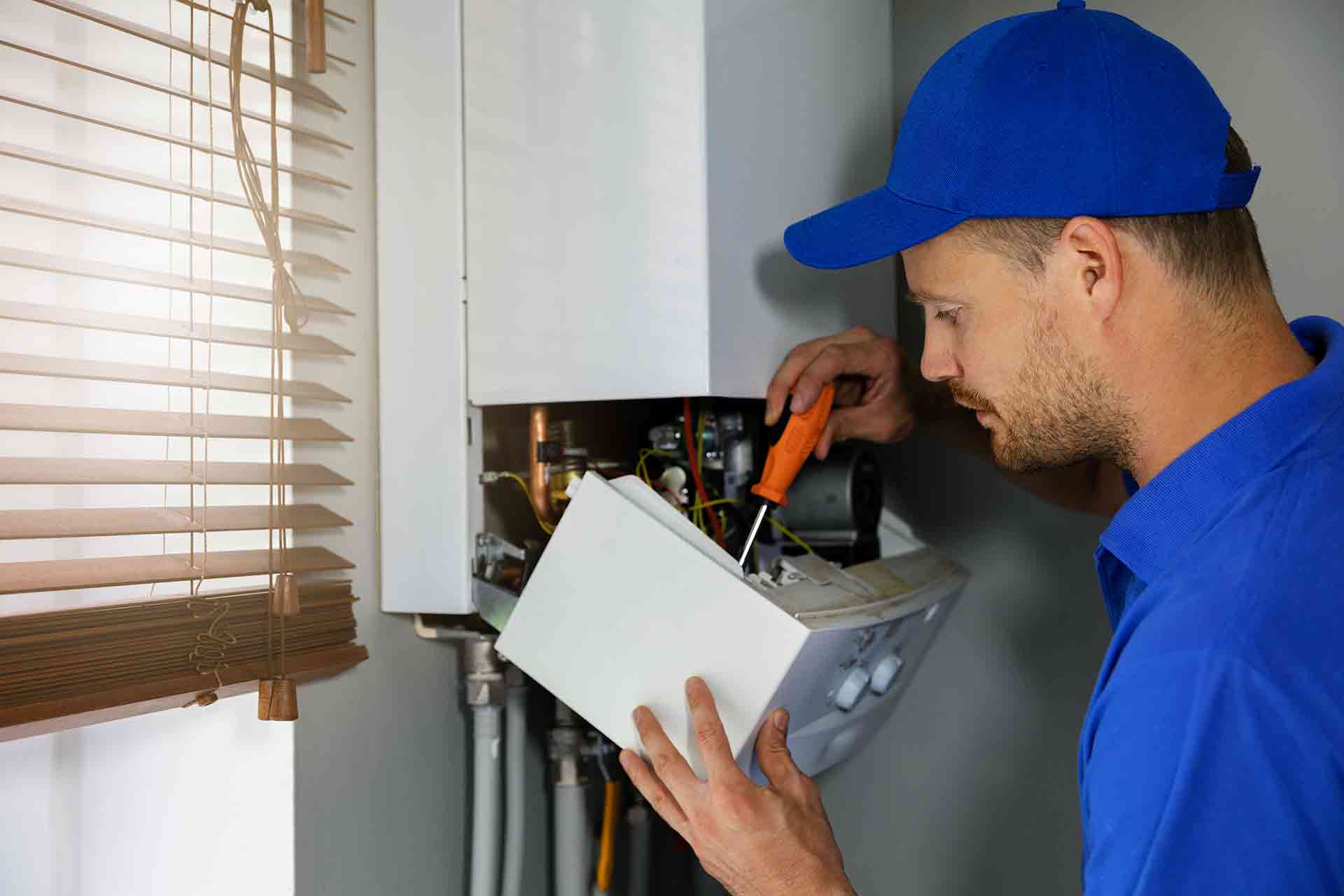
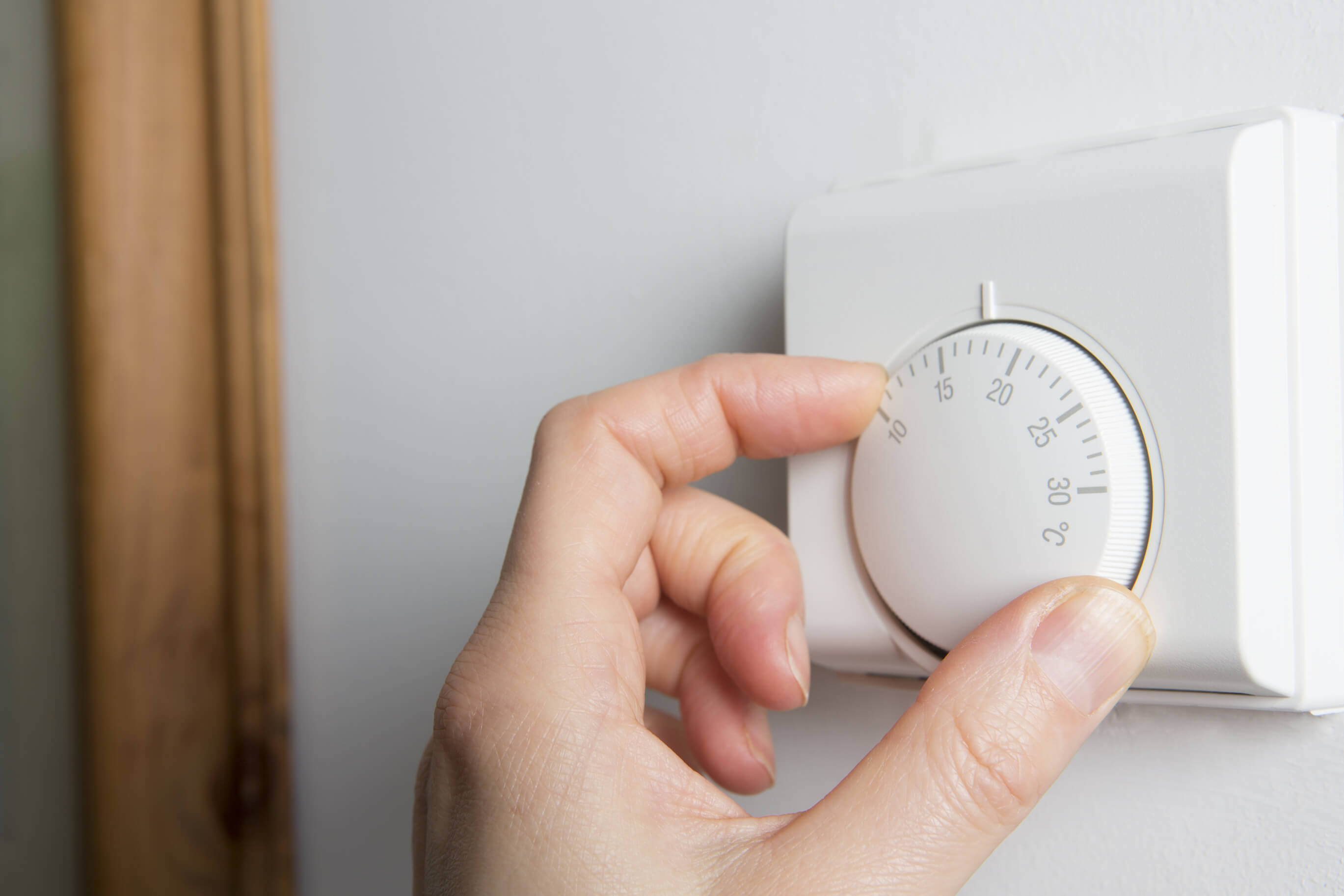
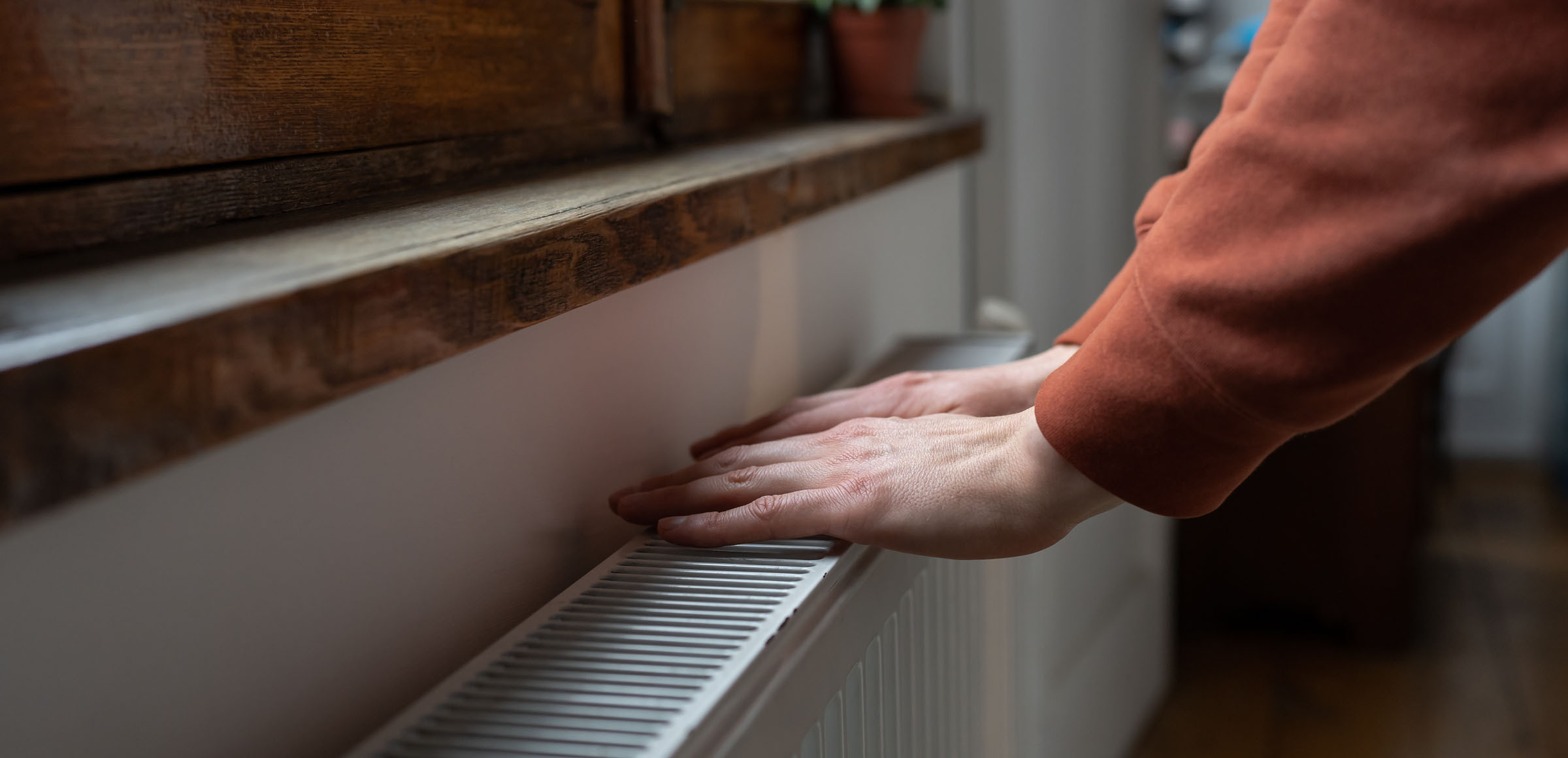
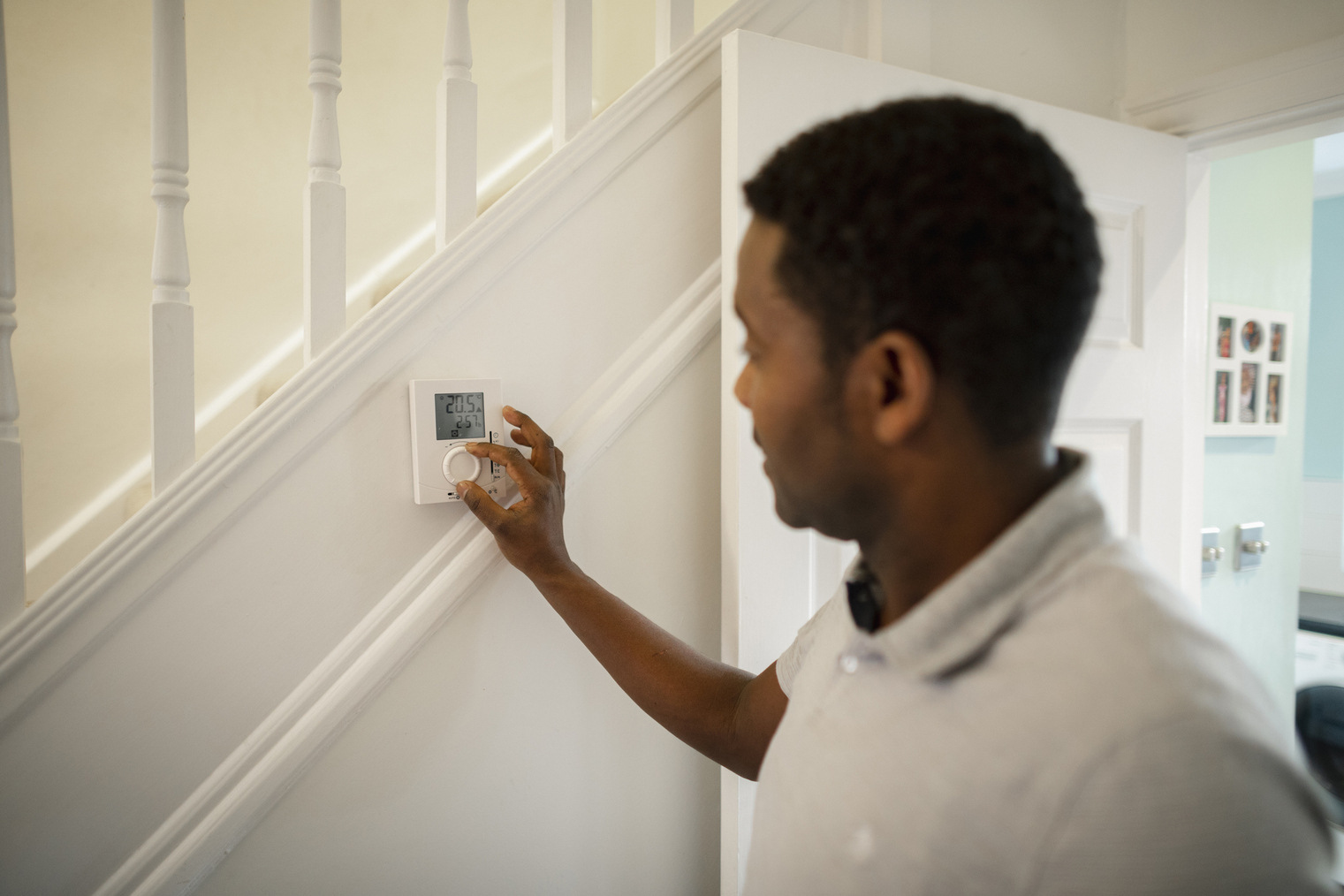
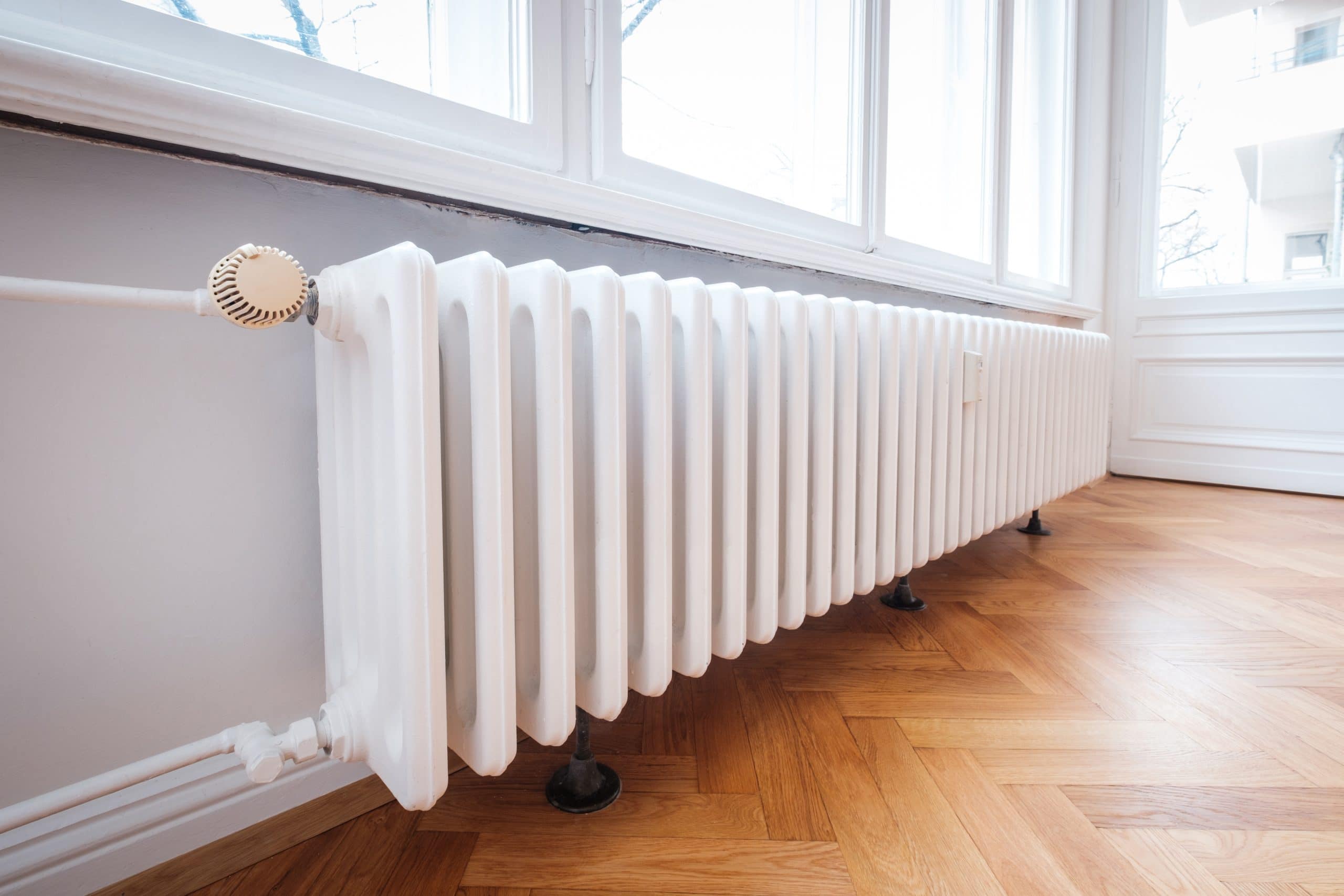
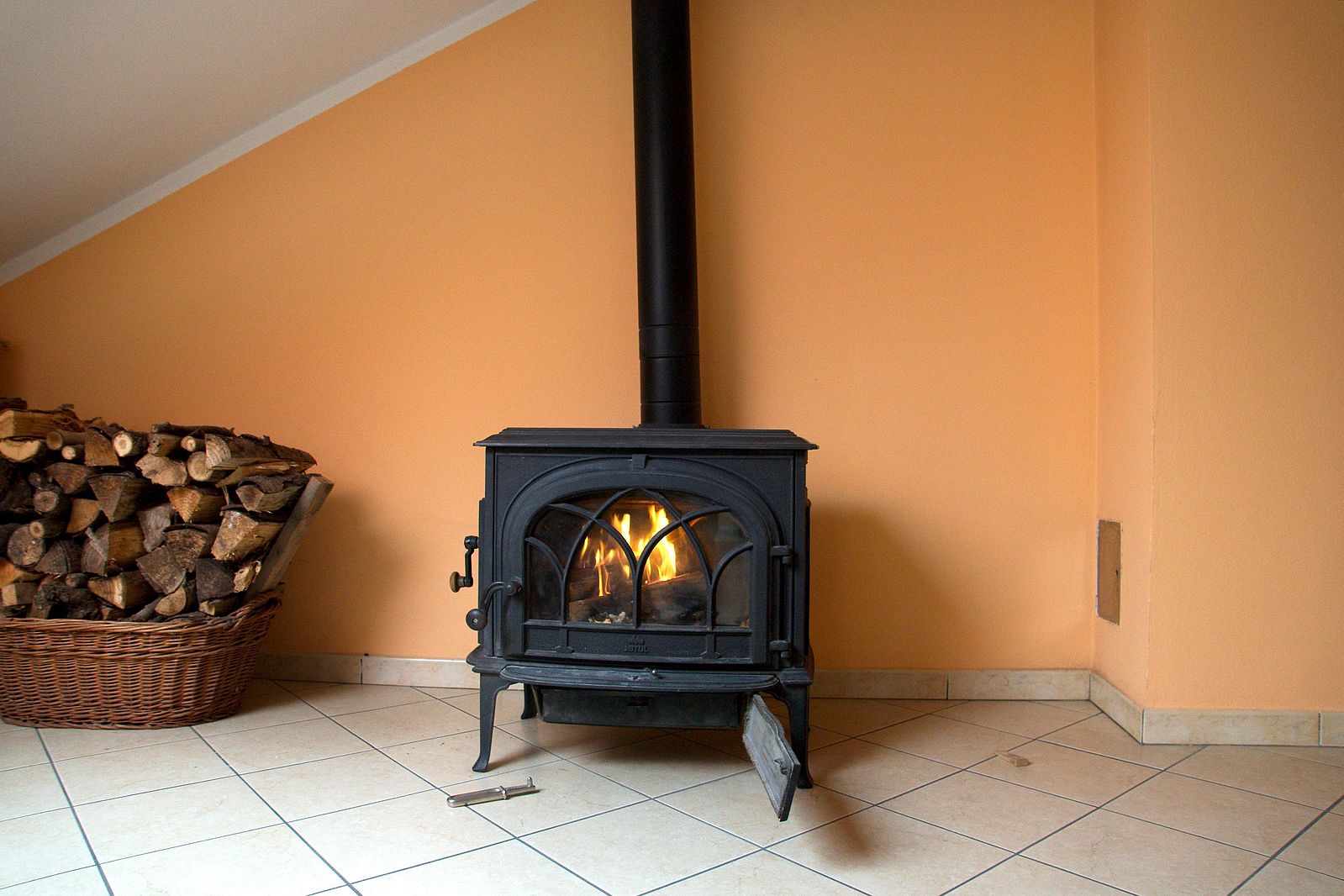
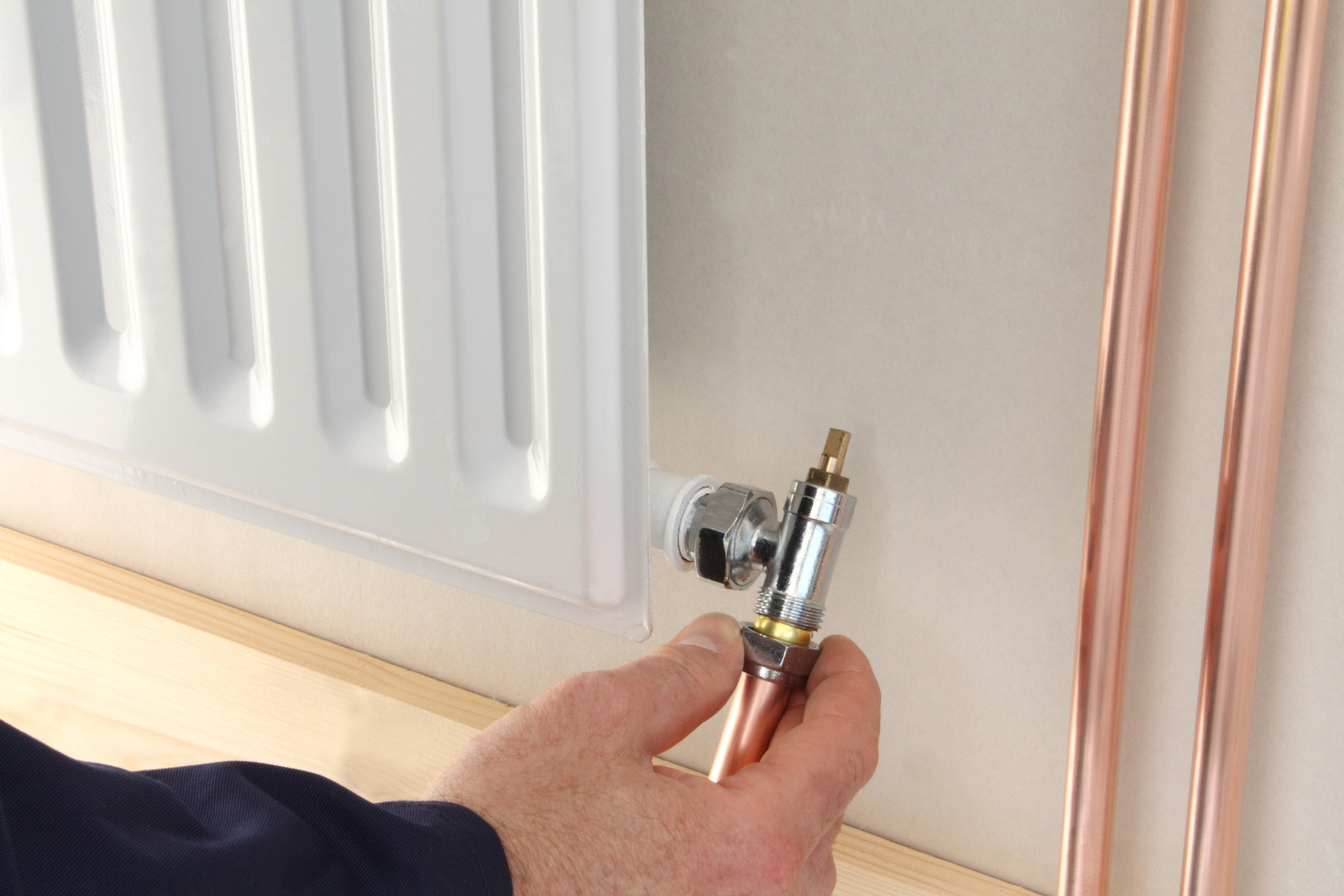
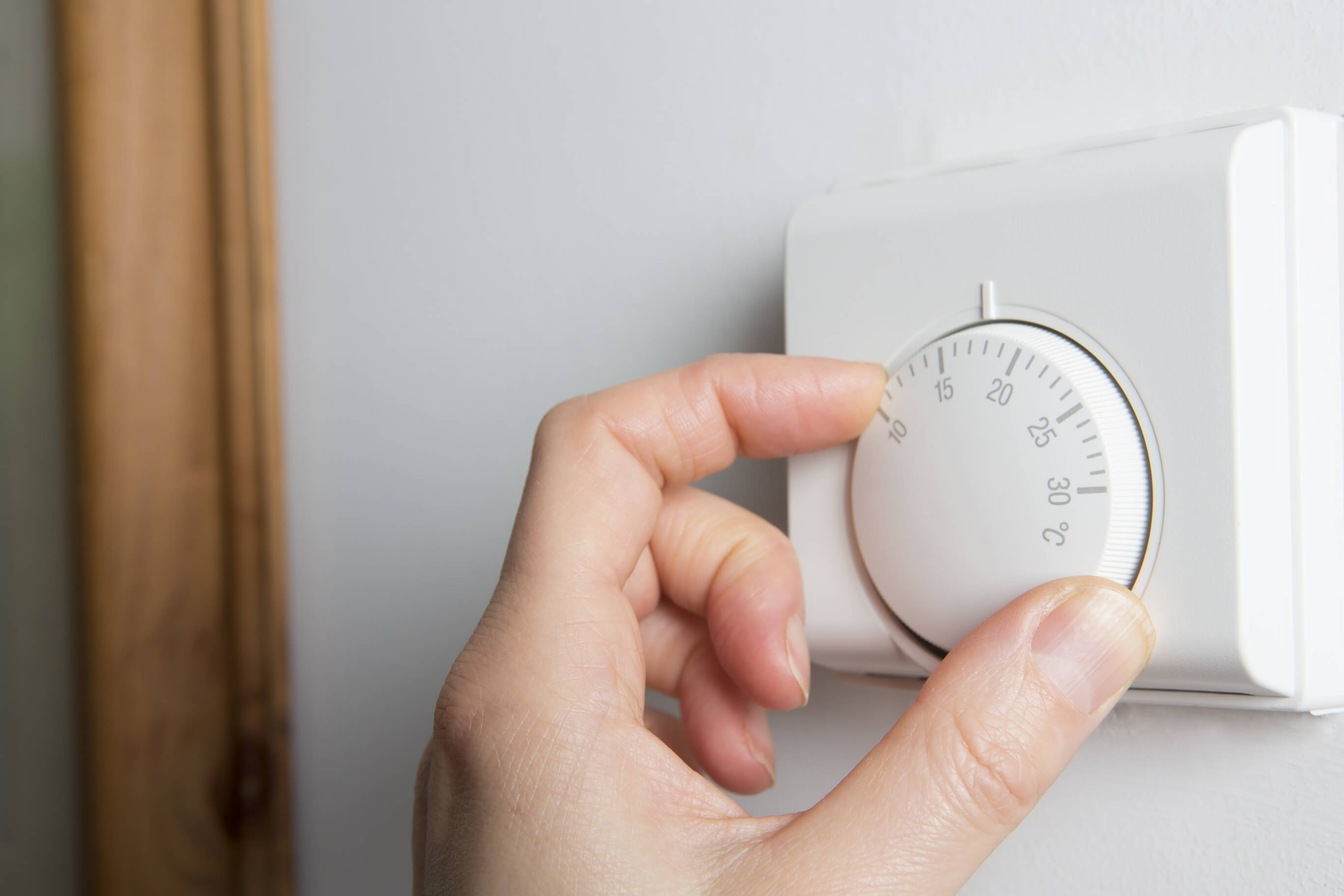

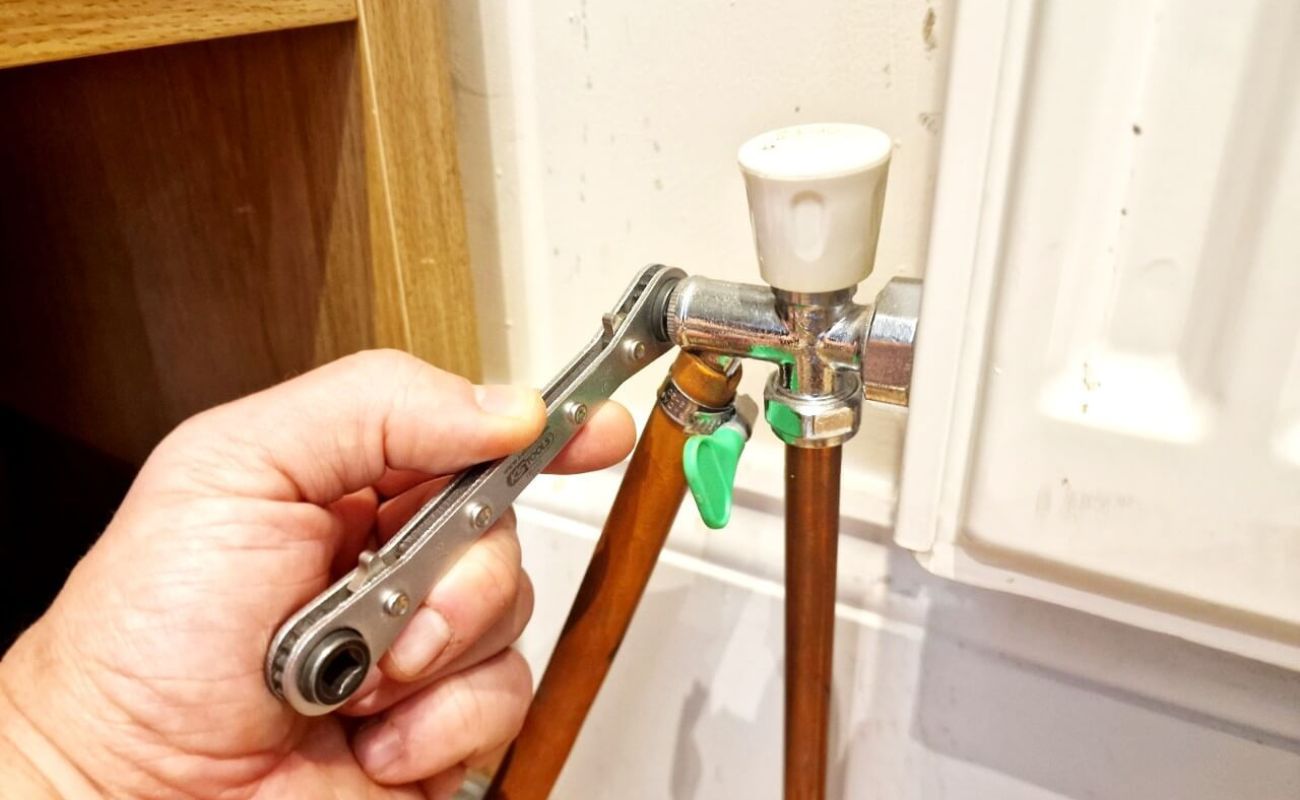
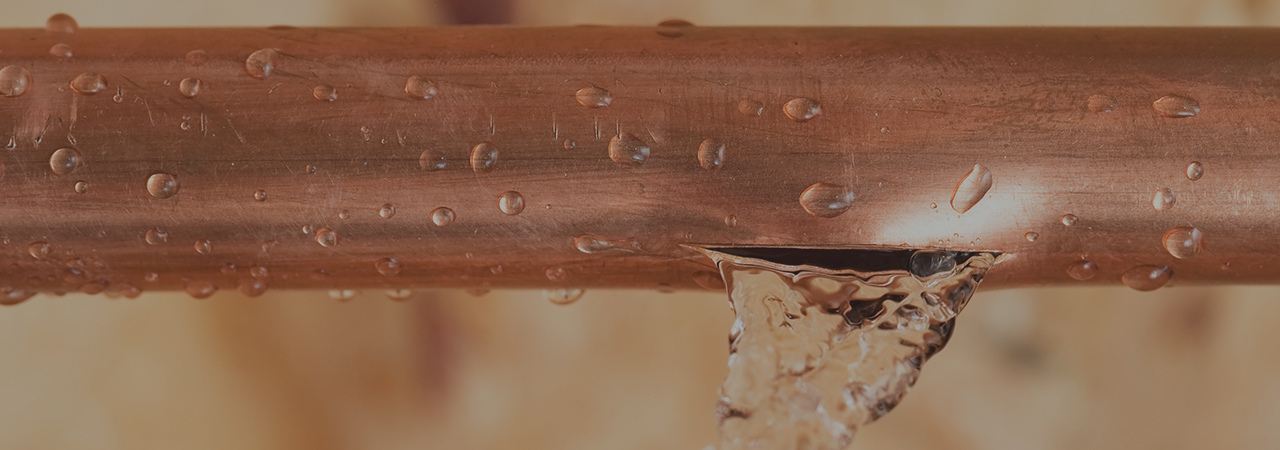


0 thoughts on “Central Heating Radiators: How They Work”